Birding/Nature: Wildlife and Plants
One of the many aspects of gardening is the fact that a garden attracts wildlife. Which animals come to a garden depends on its location and the choice of plants made by your customers. In other words, you can help them make deliberate choices to attract and even repel particular animals. The best way to make your customer’s garden a gathering place for fauna is to offer native trees, shrubs and grasses that native birds, insects and mammals will find attractive. They can create a natural environment with your plants. Help them to focus away from straight lines and symmetry. Their object should be to make the garden look as natural as possible.Careful planning will allow them to use their space in the most effective way, mixing areas of open grass, shrubbery layers and taller trees.
Birds & Butterflies
Start with the trees, making sure to offer a variety of them. Choose plants that flower and bear fruit at different times of the year. Flowering annuals and perennials can be added at any time to attract more birds and butterflies. The key is to maintain a healthy garden with a balance of beneficial organisms like worms, fungi, insects and micro-organisms. This will produce strong, nutritious plants that will attract insects, which, in turn, attract insectivorous wildlife.
The garden you help your customer create should provide a variety of foods all year-round, as well as shelter, water and nesting sites. Animals tend to need different foods at different times of the year, and to keep them coming, you need to cater to their needs. If you offer a variety of cover types, your customers will be able to attract more wildlife. Suggest a combination of trees, bushes, brushpiles and rock piles to get the best results. Dead or dying trees, called “snags,” will also help attract animals. The range of wildlife that a garden can attract is quite large. Common visitors will be songbirds, rabbits, frogs, bats, squirrels and butterflies. Depending on your customers’ choice of plantlife and yard maintenance, they may also see raccoons, possums, lizards, dragonflies, owls and maybe some white-tailed deer.
Variety is very important; a mixture of trees of varying heights and species is more likely to attract a variety of birds, so is providing a variety of foods. The same flowers that will attract nectar-eating birds will attract nectar-eating butterflies and possums. Seed- and fruit-producing plants will feed other birds, such as finches, who are mainly seed-eaters. Attracting insects will also encourage birds, and most flowering plants will attract insects. In other words, a flower garden is ideal for providing food for butterflies, honeybees and hummingbirds. Additionally, unmowed grasses will provide seeds that are food for many birds and small mammals. As mentioned earlier, it is important to provide food for animals in every season. Birds that feed primarily on seeds may switch to insects if they are raising young in the spring. Thistle will attract a wide variety of finches.
Deer
Deer is a sticky issue. Some people love them and can’t get enough of them; others consider them dangerous enemies, for the damage they cause. Deer may eat your customers’ favorite plants and strip the bark off their trees. Depending on your customer’s attitude toward deer, suggest plants that deer like or dislike. While they don’t generally like zinnias, black-eyed Susans, foxgloves, ashes, hawthorn, junipers, spruces or bleeding heart, deer love apples, cherries, hemlock, yew, chrysanthemum and tulips. If your customers are concerned with protecting their plants from hungry deer, suggest interplanting vulnerable plants with those that deer do not like, like chives, garlic, onion, lavender, sage, spearmint, rosemary and thyme. Also suggest thorny, prickly or just plain unappetizing plants to plant around entrances to the garden so that the deer stay out in the first place. Calendulas, irises, basil, marigold and fleabane are also effective in keeping deer out and away.
Squirrels
Another animal that will be a probable guest in the garden, whether welcome or otherwise, is the squirrel. Like deer, your customers will either love ’em or hate ’em. These cute little guys love to plunder bird feeders, chew up wooden decorations and dig up bulbs. If your customers are concerned about squirrel damage, suggest some natural deterrants. Squirrels don’t like daffodils, so they can be planted amongst tulips and anything else that needs protection. Squirrels also dislike aliums, which are from the onion family. Another way of protecting plants from squirrels is to provide an alternate source of food away from your flower beds. Sunflower seeds are an attractive option, as squirrels will eat them on the spot without trying to bury them in the garden. Lavender and sage are also useful in driving away squirrels.
Other Wildlife
Brush piles attract cottontail rabbits, white-footed mice, weasels, box turtles and white-throated sparrows. But these animals can cause severe damage to gardens. Mice, like squirrels, will readily eat birdseed. Rabbits, groundhogs and other quadripeds will eat seedlings, buds and fruit, and also tend to strip bark from trees and graze low-growing plants to the ground. Suggest planting garlic, onion or marigold near the plants your customers wish to protect. Patches of clover or alfalfa can also help to lure these animals away from other plants.
All in all, it comes down to strategic planting. What your customers want to plant will depend on what they want to attract and what they want to keep out. Knowing the right native plants to accomplish both will allow you to better serve your customers’ interests.

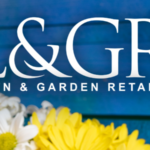

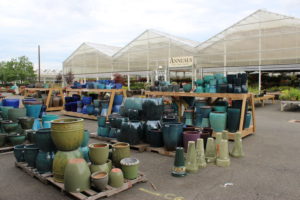
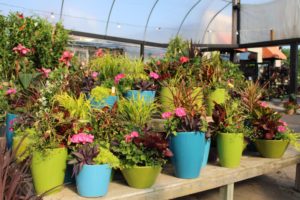
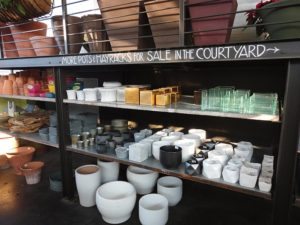
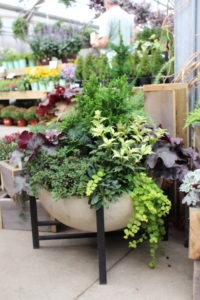

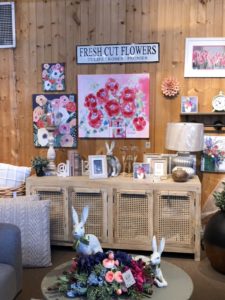
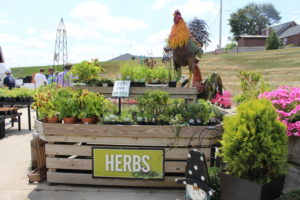

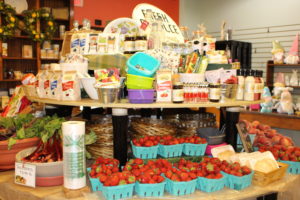
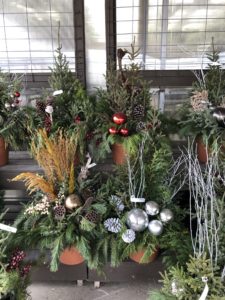
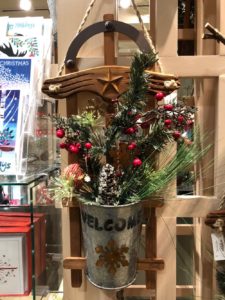
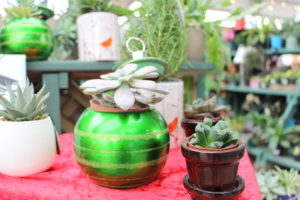
 Videos
Videos





